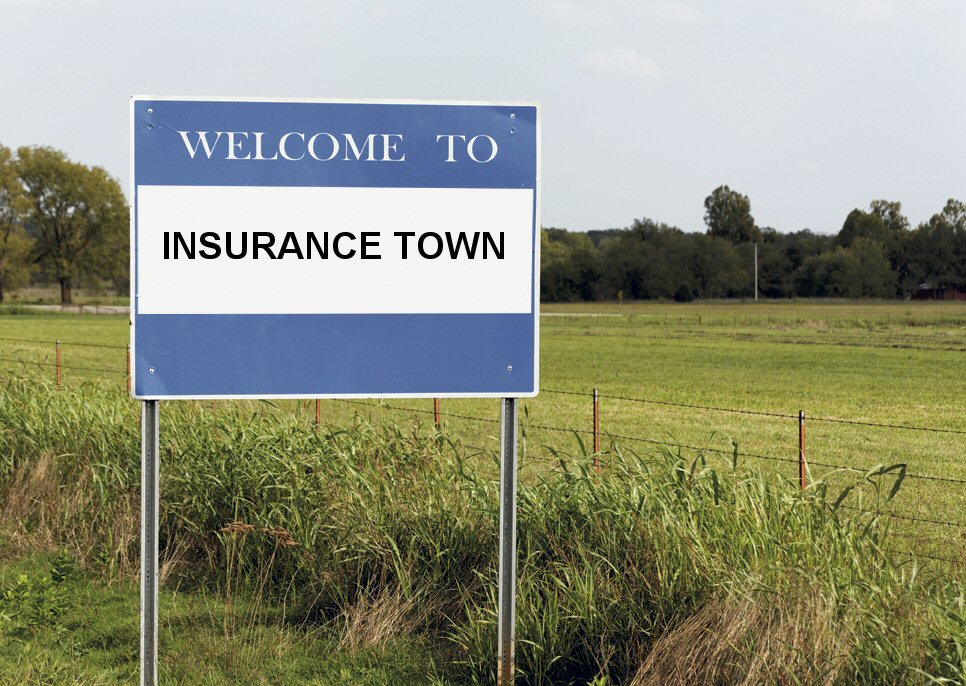Young Professionals
CERTIFICATES OF INSURANCE
An introduction to COIs: The pros and cons
By Christopher W. Cook
In one of the podcast episodes referenced in my April 2021 Professional Development article, the guest discussed the number of phone calls he would receive each day regarding requests for a Certificate of Insurance (COI), and how that number decreased once he created an online form that his clients could fill out themselves. While COIs certainly sounded like a hassle, having never worked in the insurance industry, I didn’t know the half of it—including what they technically were or what they did. The topic also hadn’t come up in my first seven years at Rough Notes. (Has it really been that long?)
Fast forward a month later to the Professional Insurance Agents (PIA) of Indiana’s virtual convention: Lo and behold, they offer a continuing education session called Certificates of Insurance and Additional Insureds. If someone who has never been employed in the insurance industry could learn a thing or two, I figured that young professionals or those new to the industry could as well. For this article, I’m covering only the first segment on COIs.
Certificates of insurance
What are COIs? “I call certificates of insurance, ‘agents’ friends’ because we all love COIs and the problems that they create for us and the extra work that they create for us,” joked Todd Davis, owner and agent of Davis Agency Insurance in Peoria, Illinois, who served as the session’s presenter.
To put it simply, a COI is “a form that is used as evidence that liability insurance is in effect on the date that the COI was issued,” Davis said. “How long is a COI good for? How long does it provide proof to a third party? Blink, because that’s exactly how long a COI is good for. It’s good for that long, and then it’s done.”
What parties are involved with a COI? Listed at the top, first and foremost, is the agency issuing the certificate on behalf of the carrier, which is also listed as the provider of the insurance policy. Multiple insurance companies can appear on one COI. The insured whose name appears on the policy is also listed on the certificate.
“Remember, if you’re working in an E&S market, and once you’ve been granted authority by that wholesaler, you may not have the authority to issue a COI on behalf of that client. Make sure that if you are issuing the certificate, you have the authority,” Davis said.
Davis noted that company names should appear on the COI exactly how they appear in the insurance policy. This can be tricky when dealing with companies that might have various divisions or subsidiaries.
“If they have different names that they operate under, you should issue different certificates,” Davis said. “Don’t try to mix apples and oranges into one bag. If you have both apples and oranges, that’s terrific, but oranges go in one bag and apples go in the other bag.”
We’ve already covered that a COI provides evidence of a current insurance contract. Does it do anything else?
“It may satisfy the terms of the contract,” Davis said. The contract may state that it is void unless a COI is on file. A COI “in some instances, may provide compliance with certain parts of a contract that policyholders have entered into,” Davis added. They may specify certain limits or specific carriers to use.
What doesn’t a COI provide?
“It does not act as a guarantee of coverage,” Davis said. “We often receive inquiries from certificate holders that say, ‘Now this insurance is good through the end of the year, right?’
“I don’t have any way of predicting the future,” he explained. “I don’t know if it’s going to be good; the policyholder could go out of business, or they could cancel their insurance.”
Davis shared a story of a park district that owned a water park—swimming pools and water slides. Because of staffing issues, they decided to a hire a third party to run that part of their operation.
“They were to open the pool on Memorial Day weekend as most pools do. We got a certificate of insurance naming the park district as an additional insured, listing all the various coverages, listing the name of the insurance company—all the parties were included.
“Later in the year, the park district received a notice from a local law firm that they were being sued by a person who had been injured while going down the waterslide.”
The law firm shared that the third party that was supposed to be running the water park went out of business and there was no insurance. Even though the COI received before the pool opened had everything requested, it was only good on the day that it was issued.
“How can we make sure that the insurance stays in effect? The answer is pretty simple; you don’t,” Davis said. “The only way that the park district could have made sure that the insurance coverage was in effect is to request a certificate of insurance every day, and that is labor intensive.
“Under the current language of the COI, [there is] no duty to notify in the event that the policy cancels or in the event that there was any material change to the policy,” Davis said.
Under conditions built into the insurance contract, it’s the first named insured that would get contacted, even if multiple named insureds are listed. As for a COI, there is no duty to notify anyone.
In terms of the amount of time involved, “there are client expectations. ‘Hey, I need that certificate and I need it about an hour ago,’” Davis said. “When I have a new contractor come in and they’re applying for insurance, one of the things I give them is a copy of our certificate request form. By the way, when you call and you need a COI, this is the form that we’re going to want you to complete in order to give you one. Understand, if you don’t have all this information, don’t call us until you have it.
“When you call us up for a COI, our turnaround time is 24 hours. When we get a request for a certificate, we try and do it earlier than that, but we always tell clients that it’s a 24-hour turnaround on certificates. We create that expectation in the mind of the policyholder when we first do new business with them.”

—Todd Davis
Owner and Agent
Davis Agency Insurance
In addition, COIs don’t bind coverage or extend the date of an insurance policy. One thing to watch out for, as it can lead to confusion and/or potential E&O claims, is when a certificate requester asks for additional information to be typed in the comment section on the COI. “Insurance agents are asked frequently to type information into the comment section in order to try to make the COI give evidence that the policy now provides coverage that it doesn’t provide coverage for,” Davis said.
Davis shared a situation where an agent’s large contractor client gets a contract to demolish a structure over water. To complete the job, the contractor rents 13 barges to move heavy equipment. The owner of the barges wouldn’t agree to rent them out until a COI was presented.
The contractor contacts his agent, who is out on vacation, so he works with a relatively new employee, who shouldn’t have been issuing COIs. They issue a certificate but add in the comment section language that states that there’s coverage for 13 rented barges. The barge owner receives the COI and work begins on the project.
“About a month or so later, the policy for the policyholder renewed and he needed an updated certificate,” Davis said. “He called back again, gets ahold of his regular account rep, who sees the certificate that the young woman had issued and she just duplicates it with new policy dates.”
Five months later, a severe weather event damages all the barges and the barge owner sues the contractor.
“Lo and behold there was no barge coverage, there was no wet marine coverage, there was no insurance coverage for that anywhere,” Davis said.
“It was ugly because, number one, a person within the agency who did not have the right expertise to issue COIs got involved with a COI that they should not have gotten involved in,” he continued. “In addition to that, they indicated in the comment section they altered coverage; they indicated that there was coverage in the policy which did not exist.”
To no shock, the agency faced an E&O claim.
“The contention by the attorney representing the contractor said, when you type it in there, when you put a contract number in there, when you put a dollar amount in there, it would be a reasonable assumption on the part of the policyholder that that language superseded the language at the top of the COI,” Davis said. “I thought that was probably a fair argument.”
The agency had issued three COIs during the project: the first by the rookie, the second by the contractor’s regular representative, and then a third time when three additional barges needed to be rented.
“The agent could have said to the client, by the way, you do realize you don’t have any coverage for these barges; we need to add insurance coverage to your policy in order to take care of that,” Davis said. “This case was so important as it relates to COIs because it shows that when we begin to type language which will lead another party, whether it be the certificate holder or the insured, to believe that the language of the policy has been changed, that’s a big deal.”
On the plus side
While it appears that COIs are a hassle and can lead to E&O claims for those who don’t understand them, do they have any positive qualities?
Monitoring insurance exposures is one. Davis shared an example of a locally run gourmet ice cream shop that had partnered with a large construction equipment manufacturer. Whenever the company hosted large corporate meetings or events, the ice cream shop provided ice cream cakes for the meals. As it turned out, the ice cream shop’s general liability policy covered only working at the shop and not work-related events held off-site.
Additional exposures can also become known by issuing a COI. Construction companies might start performing additional services—like roofing—that would require additional coverage. Things like this can be discovered by finding out what project a COI is required for.
A COI can also help identify coverage gaps. Think back to the company that rented the barges. A cross-selling opportunity could’ve been available to sell the policy that was required.
While the cons tend to outweigh the pros when dealing with COIs, now you know some of the basics, and knowing is half the battle.






